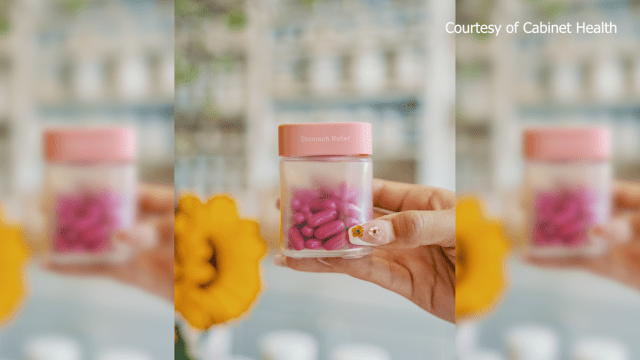Revolutionary Startup Cabinet Health Transforms Healthcare with Eco-Friendly Pharmacy Model

In a startling revelation about pharmaceutical waste, the United States faces a significant environmental challenge: nearly 5 billion prescription medication bottles are discarded annually, with the vast majority ending up in landfills. These plastic containers, often difficult to recycle, are emerging as a hidden contributor to the growing global microplastic pollution crisis.
The sheer volume of pill bottles represents more than just a waste management issue—it's a complex environmental problem that intersects healthcare, sustainability, and consumer behavior. Traditional recycling methods struggle to process these containers due to their mixed material composition and potential pharmaceutical residue.
As environmental awareness grows, consumers and healthcare providers are increasingly seeking innovative solutions to reduce this plastic footprint. Some emerging strategies include specialized recycling programs, biodegradable packaging alternatives, and community-driven initiatives aimed at promoting more sustainable medication packaging.
The challenge calls for collaborative efforts from pharmaceutical companies, recycling facilities, and policymakers to develop more eco-friendly approaches to medication packaging that can significantly reduce environmental impact while maintaining the critical standards of safety and hygiene.
